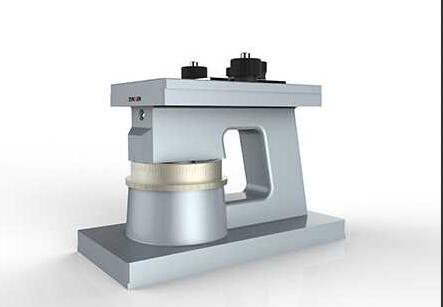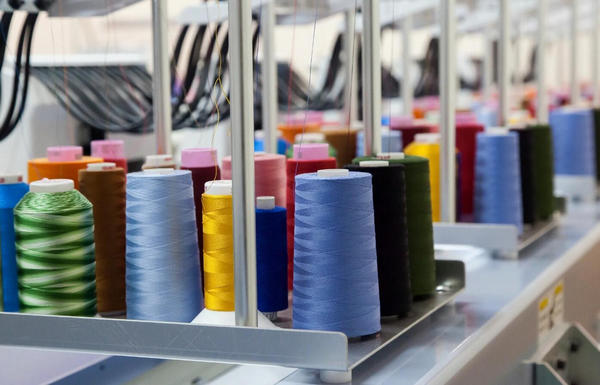- Qinsun Instruments Co., Ltd.
- Tell:+86-21-6780 0179
- Phone:+86-17740808215
- Address:No. 2578 Minhang District Gu Dai Road, Shanghai
- Contact:Mr. Li
- QQ:846490659
Analysis of Fiber Microtome Development Prospects in 2023

Fiber microtome is a device used to cut fiber materials (e.g. glass fiber, carbon fiber, ceramic fiber, etc.) into desired shapes and sizes. fiber microtome has a wide range of applications in aerospace, automotive, medical, energy, etc., as they improve material availability and quality, and reduce costs and waste.

The year 2023 is a critical year for the development of fiber microtome as there are several important trends and factors that will influence the future of this industry. The following are some of the points to watch:
- Technological innovation: As the performance and complexity of fiber materials continue to increase, the fiber microtome will also need to be constantly updated and optimized to meet different needs and challenges. For example, features such as high speed, high precision, high stability, low noise, and low energy consumption will become the main competitiveness of fiber microtome. In addition, technologies such as intelligence, digitalization, and networking will bring more functions and convenience to the fiber microtome, such as remote control, real-time monitoring, and automatic adjustment.
- Market demand: With the increasing demand for fiber materials in various industries, the market size of fiber microtome will also continue to expand. According to one forecast, the global fiber microtome market will be valued at approximately $4 billion in 2023, representing a year-over-year growth of approximately 10%. Among them, Asia Pacific will be the largest market, accounting for nearly 40% of the global market share, driven mainly by countries such as China and India. Europe and North America will also maintain steady growth, driven mainly by the aerospace and automotive industries.
- Environmental factors: With the increasing awareness of environmental protection, fiber microtome also needs to consider its environmental impact and responsibility. For example, reducing waste and energy consumption, improving material recycling rate, using degradable or renewable materials, etc. In addition, fiber microtome also needs to comply with national and regional environmental regulations and standards to avoid potential risks and fines.

In conclusion, 2023 is a year of opportunities and challenges for the fiber microtome industry, which requires continuous innovation and improvement to adapt to changes in the market and environment and to enhance competitiveness and sustainability.





